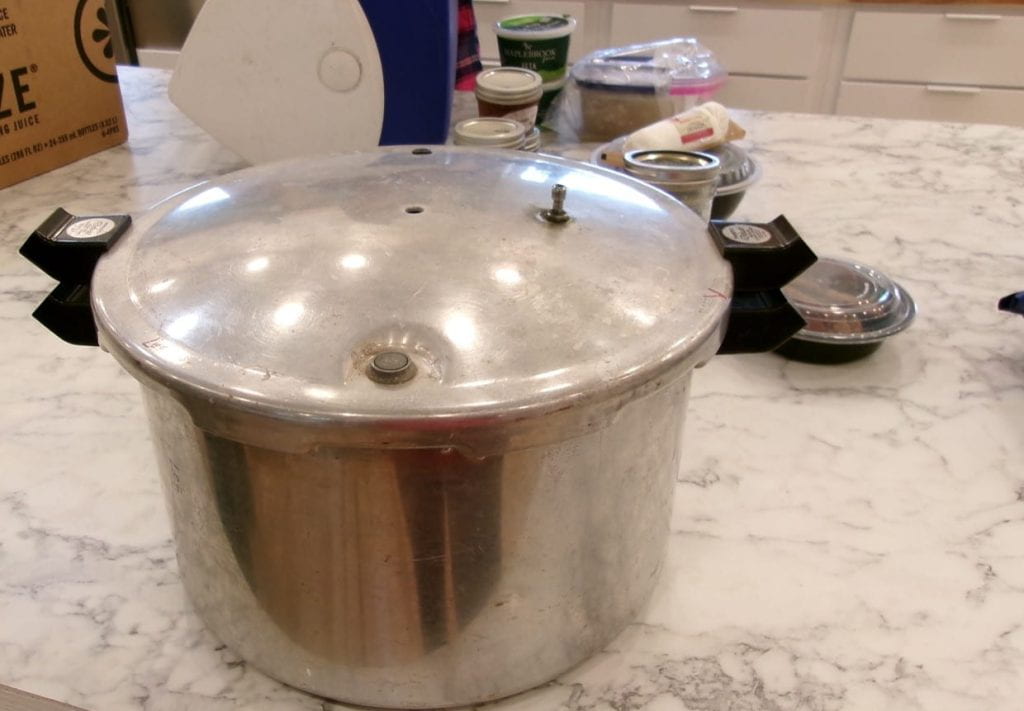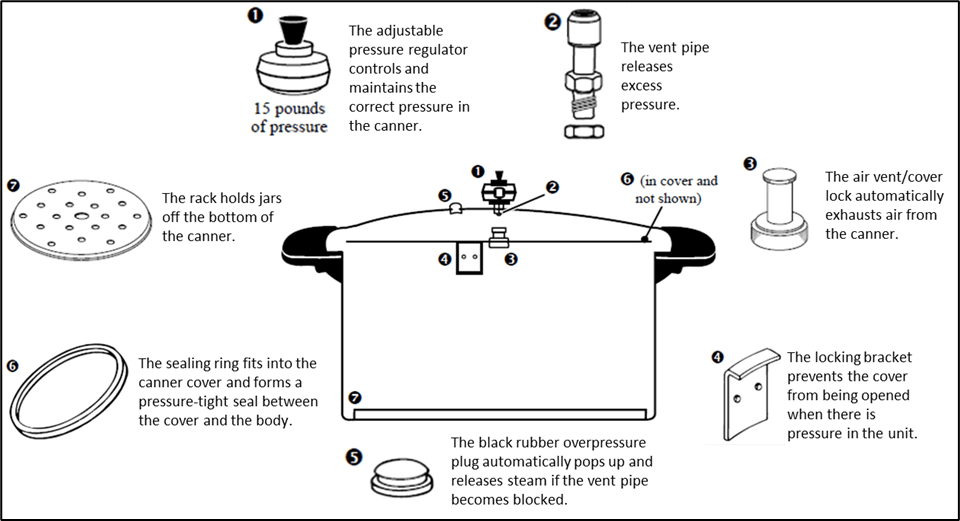Do you have some experience with food preservation and would like to be part of helping others gain confidence in the kitchen?
I’m excited to announce an upcoming training to grow our Master Food Preserver volunteer base. Applications are open throughout the month of March to participate in the May training. I have the privilege of being the coordinator for this delightful program, and the group is curious, fun and capable. Their experience varies widely, from homesteaders who have been growing their own food for decades to others who are newer to the scene and have insights about how to lessen the learning curve for other newbies.
The food preservation methods covered in the program include water bath canning, pressure canning, fermentation, dehydration and freezing. Volunteers are not required to teach classes. Some prefer planning programs, answering questions 1-1, assisting at workshops, tabling at events and strengthening the program in other ways.
Here’s some goodies to help you decide if joining the Master Food Preserver Volunteer Program is a good fit for you.
- Below is a photo slideshow of preservation activities over the past three years showcasing our great volunteers and the many types of programs we’ve offered.
- Join me tomorrow, Friday, March 21st, for a free 30 minute webinar starting at noon for folks to ask questions and learn more about the program and training.
- Here’s a 5-minute radio interview I just did with Jody Tosti of B99.3 Community Connections.
- The event page for the training has all the written material about the program including a recruitment brochure, a volunteer position description and the application.
















